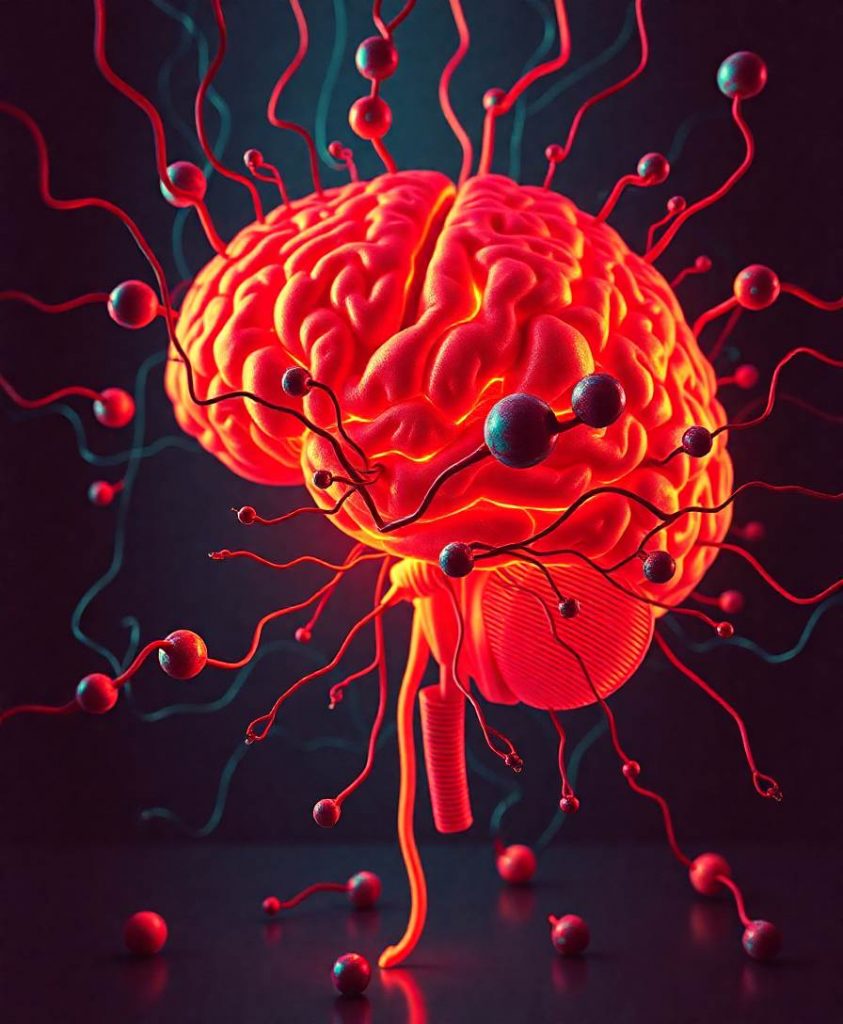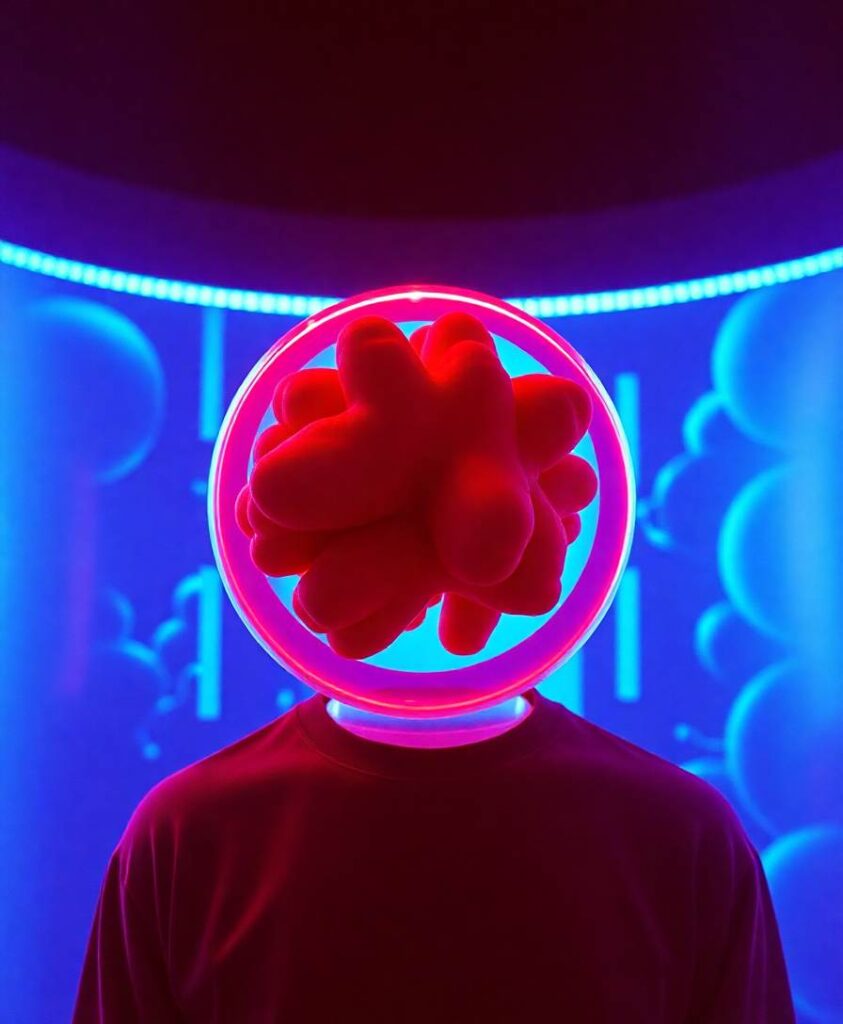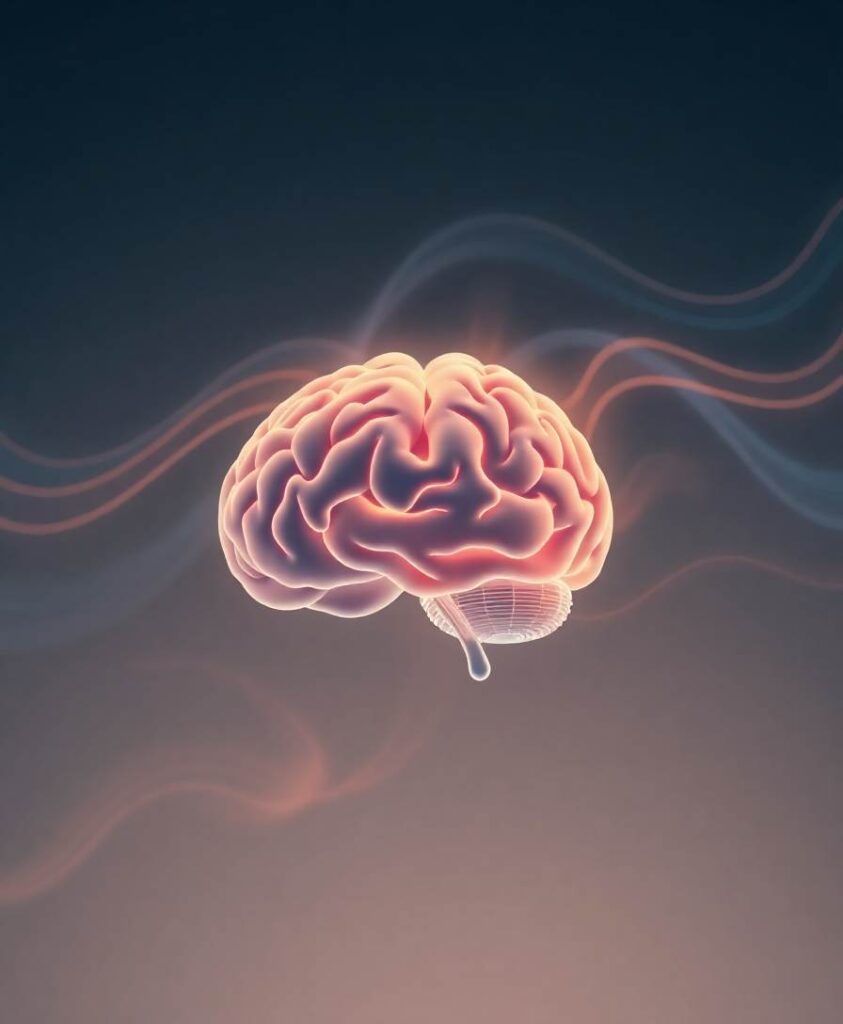Emerging scientific approaches are transforming how we understand these fundamental mechanisms. By examining the microscopic interactions between neurons—particularly the delicate processes of dendritic integration and signal amplification—researchers are developing sophisticated models that could illuminate the fundamental architecture of human awareness.

These circuit-level investigations represent more than technical curiosity. They promise to bridge our understanding between molecular neural activity and broader cognitive experiences, potentially offering unprecedented insights into how subjective awareness emerges from complex biological systems. Imagine decoding the precise neural choreography that transforms electrical signals into lived experience—a scientific frontier that could revolutionize our comprehension of consciousness, perception, and potentially even neurological disorders.
Our understanding of the neural basis of consciousness is mostly restricted to large-scale brain activity patterns as measured by methods such as functional magnetic resonance imaging (fMRI) and magneto/electro-encephalography (M/EEG). In contrast, we lack even basic understanding of circuit-level mechanisms supporting consciousness – particularly in humans – despite the fundamental role that such mechanisms likely play in instantiating larger-scale brain activity patterns supporting conscious states and contents. Here, we review what progress has been made on circuit-level theories of consciousness (e.g., apical amplification theory, dendritic integration theory) and argue that such theories can be tested in humans using recently developed, state-of-the-art methods. Doing so will further facilitate translation of consciousness science into clinical settings and strengthen the bridge between circuit- and network-level theories of consciousness.




